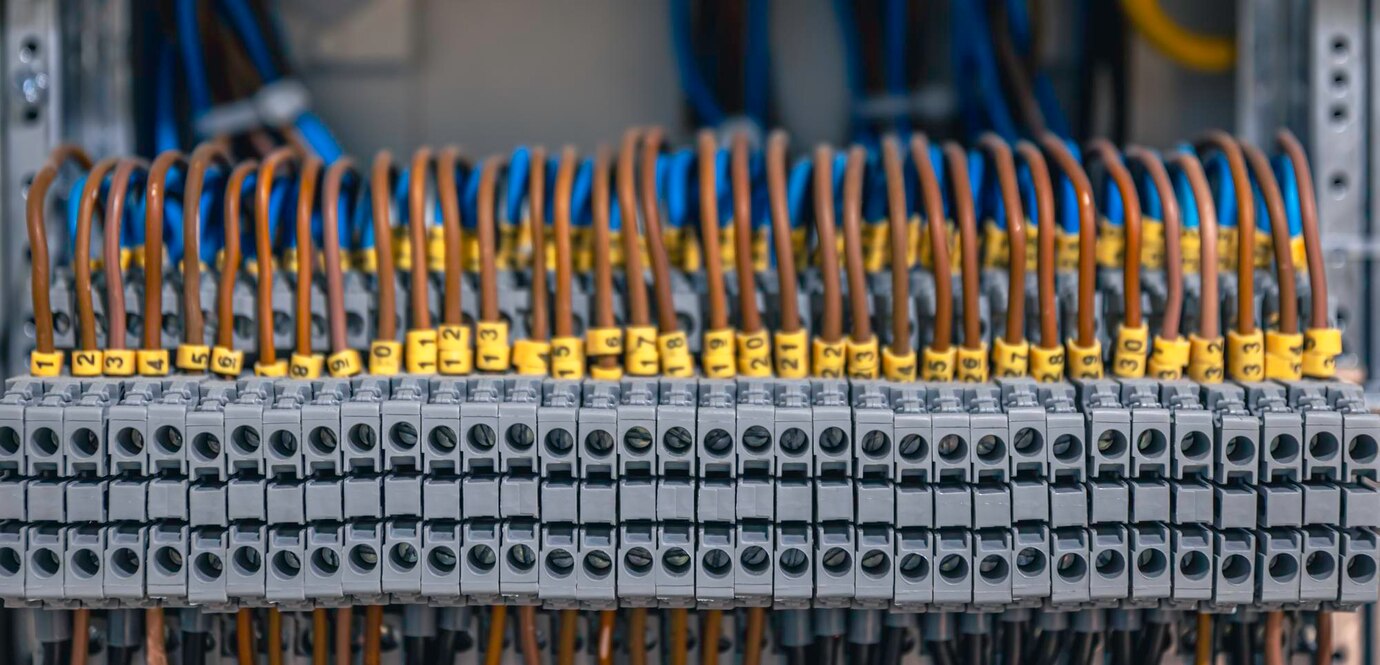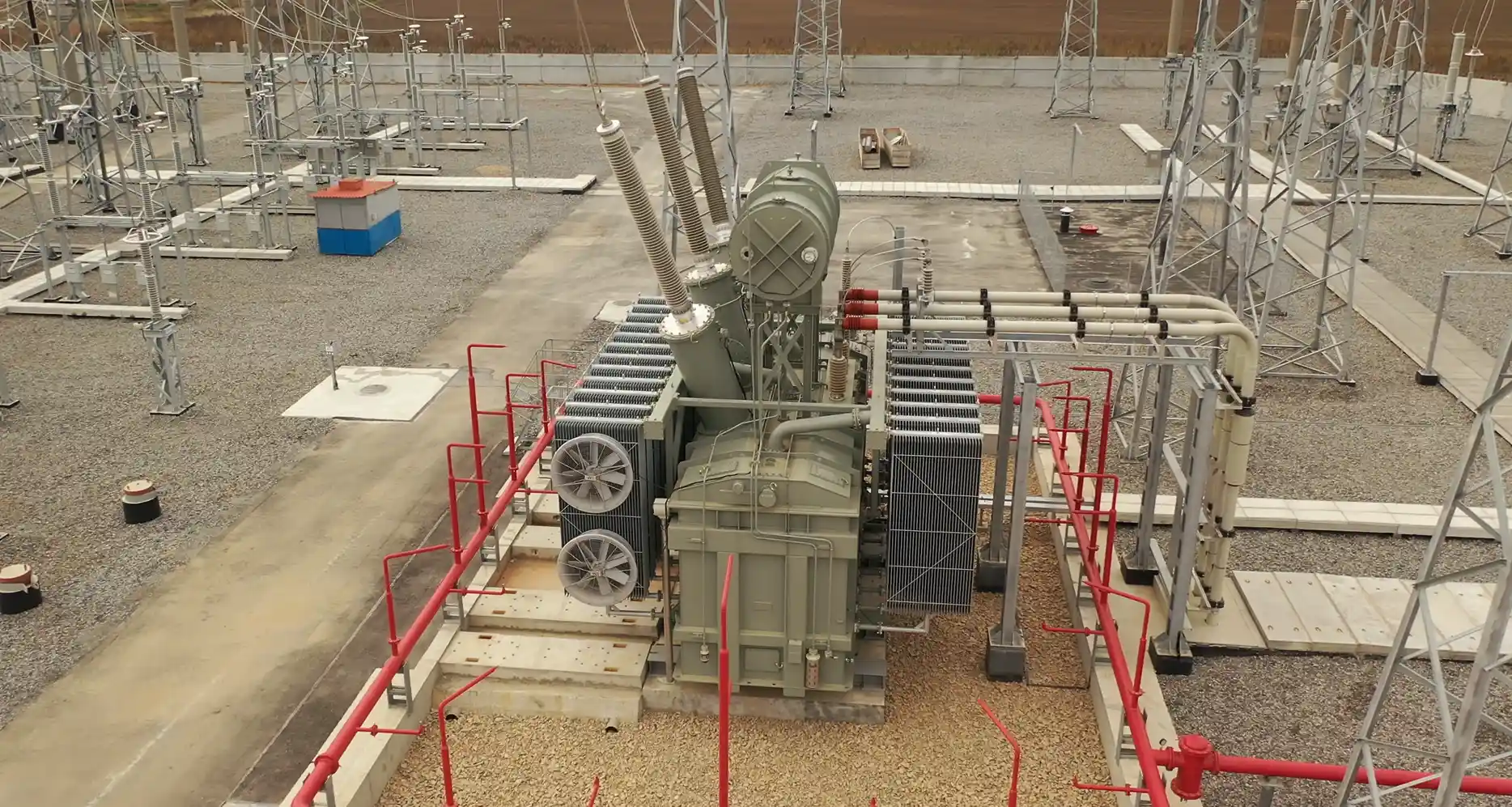Introduction
In the age of digital industrial transformation, the health and longevity of electrical assets are of paramount importance. Ensuring consistent and efficient monitoring has long been a challenge faced by asset managers, electrical engineers, and facility managers. However, recent advancements in sensing technology, spearheaded by the integration of fiber optic sensors, offer game-changing solutions. This article dives deep into the pivotal role of fiber optic sensors in the realm of electrical asset monitoring, shedding light on their fundamentals, advantages, applications, and future prospects.
Fundamentals of Fiber Optic Sensors.
Fiber optic sensors utilize light to detect changes in their environment. By sending light down an optical fiber, these sensors measure the returned light’s alterations to ascertain parameters like temperature, strain, and pressure. Their inherent design allows for high sensitivity, making them suitable for various intricate applications in the electrical domain.
Fiber optic sensors represent a transformative leap in the field of sensing technology. These sensors, unlike their traditional counterparts, employ light as their primary medium for sensing. At their core, they utilize an optical fiber as a sensing element, where changes in the transmitted light’s properties, such as intensity, phase, polarization, or wavelength, are monitored.
A primary advantage of using light as a medium is its immunity to electromagnetic interference (EMI), a common challenge faced in industrial environments. This is especially relevant for electrical engineers and facility managers operating within high EMI zones, where accurate data collection becomes pivotal. The principle of operation for these sensors often revolves around the modulation of light, affected by external parameters like temperature, pressure, or strain. Such precise and reliable data acquisition makes them indispensable in the electrical asset monitoring software domain.
Moreover, these sensors can be either intrinsic or extrinsic. Intrinsic fiber optic sensors directly use the fiber as the sensor, while extrinsic ones use the fiber merely as a medium to transport signals from the sensor to the reading device. This flexibility in design and application ensures that fiber optic sensors can be tailored to a variety of needs, enhancing their adaptability across different industrial scenarios.
Advantages Over Traditional Sensors
Compared to traditional sensors, fiber optic sensors boast of immunity to electromagnetic interference, capability to measure multiple parameters simultaneously, and durability in extreme conditions. Their compact size and lightweight nature further enhance their adaptability, while their potential for real-time monitoring ensures timely and accurate data collection.
The transition from traditional sensors to fiber optic sensors in the electrical asset monitoring landscape is fueled by a plethora of advantages. Firstly, fiber optic sensors are inherently immune to electromagnetic interference. This unique property ensures that their readings remain unaffected even in environments with high electrical noise, a common challenge faced in substations and industrial plants.
Additionally, their compact design and lightweight nature allow for seamless integration into existing infrastructure without requiring significant modifications. This is a boon for maintenance managers and facility managers looking for retrofitting solutions. Their capability to measure multiple parameters simultaneously also means reduced equipment and installation costs, further solidifying their economic advantage.
Unlike traditional sensors that might degrade or malfunction in extreme conditions, fiber optic sensors can operate reliably in high-temperature zones, corrosive environments, and areas with high radiation. This durability ensures longevity and consistent performance, essential for sectors like energy management and industrial plant monitoring. Furthermore, their high sensitivity and wide dynamic range make them suitable for applications where precision is paramount.
Applications in Electrical Asset Monitoring.
In the electrical asset monitoring landscape, fiber optic sensors play a crucial role in real-time data acquisition, predictive maintenance, and enhanced safety measures. These sensors provide asset managers and engineers with invaluable insights, facilitating informed decisions and timely interventions, thus prolonging the lifespan of electrical assets.
Electrical asset monitoring is a critical component of modern infrastructure management. The integration of fiber optic sensors has revolutionized this domain, offering unprecedented advantages. Real-time data acquisition is one of the primary benefits. Utility companies and energy managers can now have instantaneous insights into the health of their assets, facilitating proactive interventions.
Predictive maintenance, a buzzword in the industry, becomes a tangible reality with fiber optic sensors. Their ability to detect minute changes ensures that potential issues can be identified well before they escalate, allowing maintenance managers to schedule repairs and replacements without hampering operations. This not only ensures prolonged asset lifespan but also significantly reduces downtimes, leading to increased operational efficiency.
Furthermore, their application isn’t just limited to monitoring mechanical strains or temperatures. They are also instrumental in monitoring electrical parameters, vital for substation managers and transformer design engineers. With the increasing complexity of electrical networks, having a reliable, accurate, and efficient monitoring system becomes non-negotiable.
Future Prospects: How Fiber Optic Sensors Are Shaping Advancements in Sensing Technology.
Fiber optic sensors are at the forefront of the next wave of technological evolution in sensing. Their versatility and precision position them as the prime candidates for future innovations in sectors like energy, infrastructure, and beyond. As research progresses, we can anticipate even more advanced applications and integrations, reshaping how industries perceive and utilize sensing technology.
The horizon of sensing technology is being redefined by fiber optic sensors. With continued research and development, their potential applications are expanding, promising to shape the future of multiple industries, especially in the realm of electrical asset monitoring. The emerging trends indicate a shift towards integrating artificial intelligence (AI) and machine learning (ML) with these sensors, aiming for predictive analytics that can pre-emptively identify potential failures or issues.
Moreover, as the world leans towards renewable energy sources and smart grids, the role of fiber optic sensors becomes even more pronounced. They stand as the backbone for ensuring that these advanced networks operate optimally, harnessing their ability to function in challenging environments and provide real-time data. Research institutions, software developers, and educational entities are collaborating to push the boundaries of what’s possible with fiber optic sensing technology. These endeavors aim to further miniaturize the sensors, enhance their accuracy, and expand their application range
Conclusion: The Path Forward for Stakeholders.
The integration of fiber optic sensors in electrical asset monitoring software heralds a new era in asset management and maintenance. Stakeholders, from asset managers to electrical design consultants, are poised to benefit immensely from these advancements. As the technology continues to mature and find broader applications, it’s essential for all involved parties to stay abreast of the latest developments. Embracing fiber optic sensors is not merely about adopting a new technology; it’s about preparing for a future where real-time, accurate, and efficient monitoring becomes the gold standard. Collaborative efforts between utility companies, software developers, research institutions, and educational entities will be pivotal in steering this technology to its fullest potential. As we look ahead, the fusion of fiber optic sensors and electrical asset monitoring software stands out as a beacon, illuminating the path to a brighter, smarter, and more efficient future for all.
The integration of fiber optic sensors in electrical asset monitoring signifies a paradigm shift in how stakeholders approach asset management. For electrical engineers, facility managers, and utility companies, these sensors offer a tool that combines precision with reliability. Their adaptability ensures that they can cater to a plethora of needs, ranging from basic monitoring to advanced predictive analytics.
However, the onus is on stakeholders to stay updated with the latest developments in this field. Continuous education, collaboration, and adaptation are the need of the hour. As the technology continues to evolve, it’s imperative for industry leaders to foster an environment of innovation and research. This not only ensures that the benefits of fiber optic sensors are maximized but also that the industry remains future-ready.
Government agencies, research institutions, and educational entities have a pivotal role to play in this. By facilitating research, providing platforms for collaboration, and ensuring that the next generation of engineers and managers are well-equipped with the knowledge of fiber optic sensing technology, they can steer the industry towards a future of efficiency, reliability, and growth.





